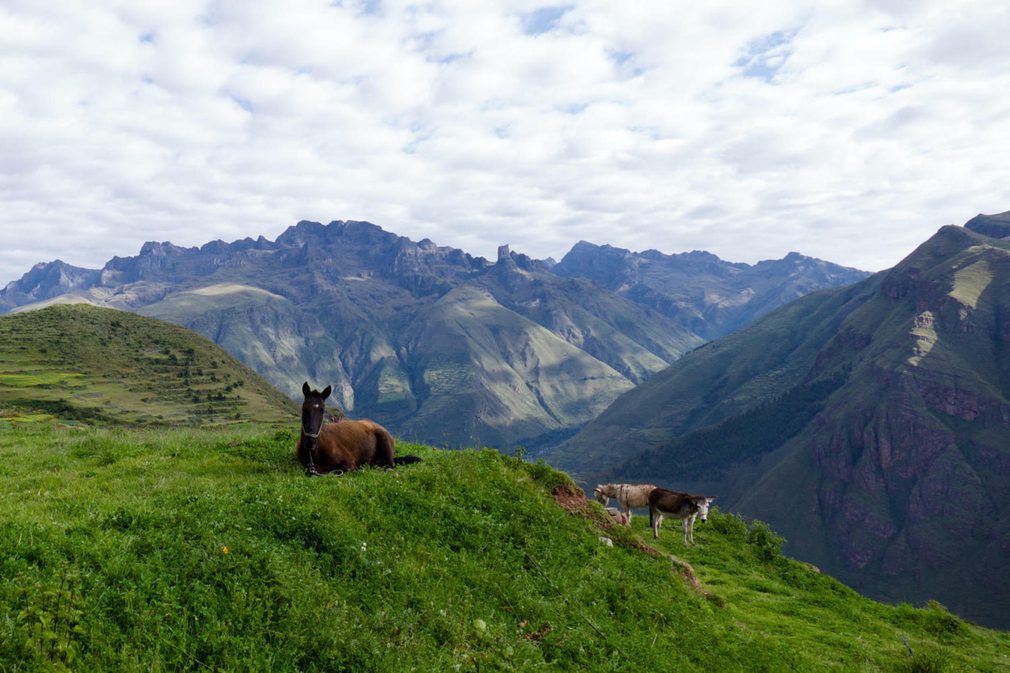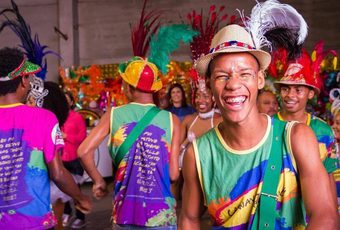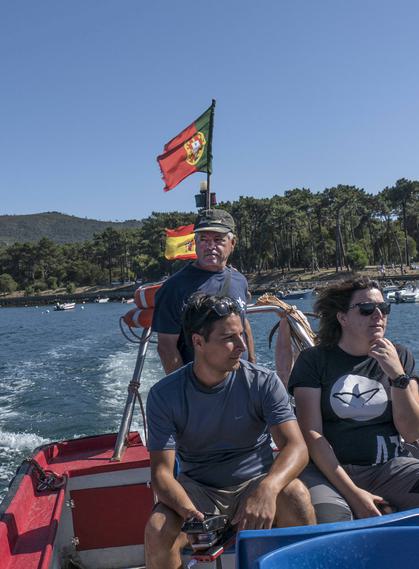Queswachaka, the last remaining Inca bridge

The Inca people did not use wheeled transport which meant that traffic was limited to pedestrians and livestock. But that didn’t prevent the Incas building the largest Empire in South America. A great example of Inca innovation in engineering, still standing today, is the Q’eswachaka (Q’eswa means ‘to braid’ and chaka means ‘bridge’), located near Huinchiri in the province of Canas.
This impressive hanging bridge that spans a gap of 30 metres some 15 metres above the Apurimac River. More impressive still is that it is built with ancient Incan techniques simply using endemic ichu grass to make braided ropes.
The Incas regularly constructed hanging bridges in order to cross the steep highland terrain of the Andes. Historians often describe how surprised the Spanish Conquistadores were when they saw these amazing bridges.
As we said before, primarily built for pedestrians and livestock, these constructions were also very helpful to Chasqui runners.
The Chasquis were agile and highly trained Inca messengers that delivered important letters and goods across the extensive Inca road network. These young messengers (mostly 18-20 year-old men) were able to carry a message from Cusco to the northern border of the empire (more than 2,000 kilometres distant) in less than a week.
The chasqui represented a critical tool to control the whole empire from the holy city of Cusco which explains why the biggest Inca bridges were located in the Apurimac canyon on the main route north of Cusco.
The suspension bridges were made of two buttresses on either side of the canyon, connected by various ropes made of natural fibre. Those supporting the deck were reinforced with wood, creating a cable floor. Each cable was replaced every year by local families as a form of tax. This ensured that the bridges were properly maintained so that the Inca roads could be travelled without interruption.
Nowadays, far from being a tax or a duty, communities maintain the tradition to honour their ancestors and Pachamama (mother earth) by maintaining the last rope bridge of its kind.
Every year in June, hundreds of families from the communities of Huinchiri, Chaupibanda, Choccayhua and Ccollana Quehue gather together over four days to repeat the 600-year-old ritual to rebuild the Q'eswachaka.
On day one of the festivities, families twist and braid the ichu plants by hand. The plants have previously collected and dried early in the morning - using ancient techniques that have been passed down from generation to generation. On day two, they connect the two sides of the river canyon with the ropes. On day three they assemble the whole structure. On the last day, Sunday, communities celebrate their Apus (mountain spirits) with music and dance.
The renovation of the bridge has been declared a national cultural heritage in Peru, and has been listed a UNESCO World Heritage site since 2013.
There is no fixed date for the renovation of the bridge, as it depends on various factors (the rains have to have ended, the cold wind needs to blow against the ichu grass, drying it and preparing it for use), but it usually occurs around the second Sunday of June. This year it should start on June 9th.
Our Peru holidays Get in touch Subscribe to The Pothole
The Pothole is Pura Aventura's popular monthly email. We share what we love, what interests us and what we find challenging. And we don't Photoshop out the bits everyone else does. We like to think our considered opinions provide food for thought, and will sometimes put a smile on your face. They've even been known to make people cry. You can click here to subscribe and, naturally, unsubscribe at any time.
The Pothole is Pura Aventura's popular monthly email. We share what we love, what interests us and what we find challenging. And we don't Photoshop out the bits everyone else does. We like to think our considered opinions provide food for thought, and will sometimes put a smile on your face. They've even been known to make people cry. You can click here to subscribe and, naturally, unsubscribe at any time.








 By
By 

